SaaS hasn’t just revolutionized technology, it’s transformed many different job functions across the globe, making it simpler for businesses of all varieties and sizes to carry out their day-to-day tasks.
An essential tenet of how businesses operate is how they handle their finances. Without this in place, it’s a non-starter for startup businesses. Now, fintech is nothing new, but SaaS has made processing payments, budgeting, and forecasting revenue simpler than ever before.
But how? That’s what we’re here to find out. But first, let’s do some basic fintech 101.
What is fintech?
It’s short for financial technology, and in a broader sense, fintech is digitalization for the finance sector. Even if you haven’t thought about it, it’s highly likely you rely on fintech in your daily habits.
When you use your apple wallet for buying that coffee in the morning, or use your banking app to pay your bills. In short, it’s the kind of thing that’s so ubiquitous that even if you don’t know you’re in it, you are in it
Of course, in the SaaS world this applies to any digital financial service where you have to pay a regular subscription to access it.
The necessity of financial services for businesses, and the ease of use that SaaS represents has certainly presented a match made in heaven, and is a powerful factor in the rise and rise of fintech, which is projected to increase by as much as 26.6% by 2030.
However, SaaS fintech products are notoriously difficult to develop, and before you go into strategies for building one, you need to define the kind of fintech product you’re going to build.
Types of SaaS fintech business
Before you embark on your SaaS fintech journey, it’s important to define the kind of SaaS fintech business you want to develop. Let’s go through them all right now:
Internet banking apps
For SaaS, this is less common, but it’s worth going into as one of the most commonly used forms of fintech. Financial transactions aren't exactly fun at the best of times.
For most people, it often comes with the associated pressure of bills and obligations. That hasn’t really changed, but the prevalence of banking apps has alleviated much of the anxiety and hassle.
Gone are the days where you had to stand in a line just to make your transactions, now you can complete all of your transactions from the comfort of your own home.
The ease of use has had such an impact that many banks only allow transactions through online apps or on your desktop. For banks and businesses, this is understandable since it allows businesses to cut down on overheads and costs, since most processes are self-guided.
Trading and investment apps
Imagine you’re interested in diving into the world of trading and investing, but you want something convenient and easy to handle. That’s where a SaaS (trading and investment app comes into play.
Picture this as your all-in-one platform that lives online, so you can access it from anywhere—your laptop at a cafe, your phone on the train, you name it. They’re also pretty flexible.
As your trading activities grow or you decide to get more serious, the app can scale up to meet your needs without any fuss on your end. And don’t worry about updates or technical maintenance; the provider handles all that, which means you're always equipped with the latest tools and security features.
Plus, they're usually more budget-friendly than traditional trading platforms. You typically pay a monthly or yearly fee instead of a hefty upfront cost. This way, it's easier to start without a big investment.
Consumer finance apps
If you’ve ever had to budget to save money for a house, or save for that dream vacation, you might well have had first-hand experience with consumer finance apps.
Not all schools teach finance management, and for young adults looking to get by in today’s challenging economy, these apps can really swoop in to help individual’s stay afloat and get ahead.
Popular examples include Mint for budgeting and expense tracking, Acorns for easy investing, and Credit Karma for credit score monitoring and advice. These apps are designed to make financial management as easy and accessible as possible, helping you to make informed decisions and achieve your financial goals.
Insurance apps
Insurance apps are tools that cater to everyone in the insurance world, whether it's the companies or the users. They can be as simple as a specialized CRM system that sits on an insurance provider’s website, helping them keep everything organized and running smoothly.
For us regular folks, these apps can be super handy. Imagine having an app on your phone where you can peek at all your insurance policies whenever you want.
Need to check your coverage details or update your information? No problem, just tap away. And if you decide you need more coverage, like adding a new car or getting travel insurance for that awesome vacation, you can handle that right from the app, too.
Payment software
Payment software is basically any tool that helps a business or individual handle online payments. It usually has three main parts, with the payment processor being a key component.
This part of the software takes care of the heavy lifting during transactions—it sends the payment details back and forth between the customer's bank and the merchant's bank. It's like the middleman making sure everyone's on the same page financially.
Key product features of SaaS fintech software
A welcoming user interface
Let’s be straight up here, dealing with finances isn’t exactly the most exciting endeavor and it often comes associated with many anxieties, either for individual consumers or businesses, so you really need your interface to have an alleviating effect, pleasing to the eye, uncluttered and easy to navigate. A general rule of thumb in the world of tech is to remove friction wherever possible. An attractive, frictionless user interface can work wonders.
Security
Security is essential in any aspect of a SaaS business, but especially in finance. In fact, you could argue that it’s the most essential aspect of your fintech. If customers don’t feel their funds are safe, they’re not going to do business with you. Simple as that.
Payment gateway
This is a crucial step, but it also presents a difficult balance to strike. The payment gateway must be frictionless, but also come with a high level of security.
User management
Whether your customer is an individual looking to manage their own personal finances or a business wanting multiple user accounts, your software should be able to accommodate whatever your ICP (Ideal Customer Profile) needs.
Customized user experience
In the current SaaS landscape, personalization is the name of the game. Users need to feel like their needs are being catered to at all times. At a minimum, users should have the ability to customize the information they receive, like choosing their push notifications.
Top 10 examples of SaaS fintech software
Sometimes, when you’re looking to set up a new SaaS software you need to look to the cream of the crop in the field to see how best to go about it.
Riskified
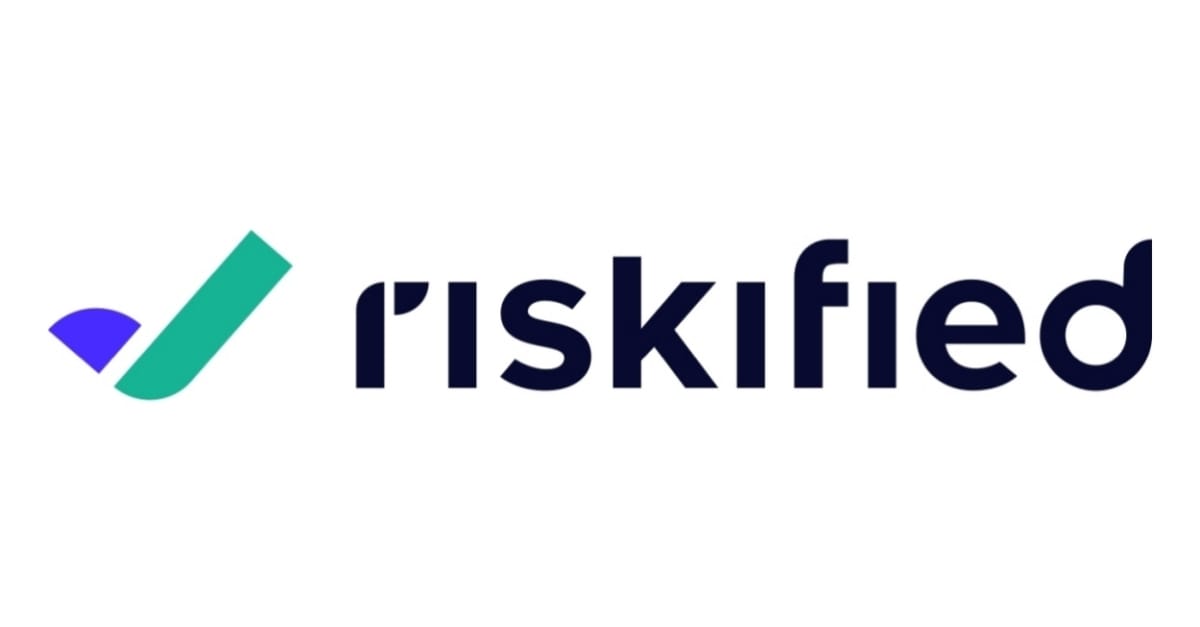
We've crafted a super cool eCommerce risk management platform that helps online merchants build trust with their customers. Thanks to machine learning, our platform pulls together data from some of the biggest online retailers out there, creating a network effect that not only boosts sales but also cuts costs for our merchants. Our tech is pretty smart—it accurately figures out who's who in online interactions, allowing merchants to offer seamless, hassle-free shopping experiences.
Stripe
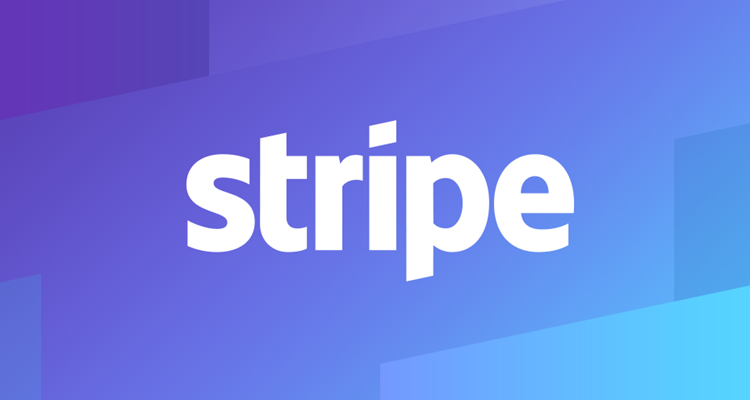
Stripe is fascinating because they really focus on what they call 'the point of need.' This means they're right there when a customer might need a financial boost.
Picture this: you're at the checkout, and you realize you're a bit short on funds. That's where Stripe steps in. They offer you the option to snag a 'micro loan' right at that moment, with flexible installments and payment plans to make it easier on your wallet. It's like having a financial helper right when and where you need it most!
Mantl
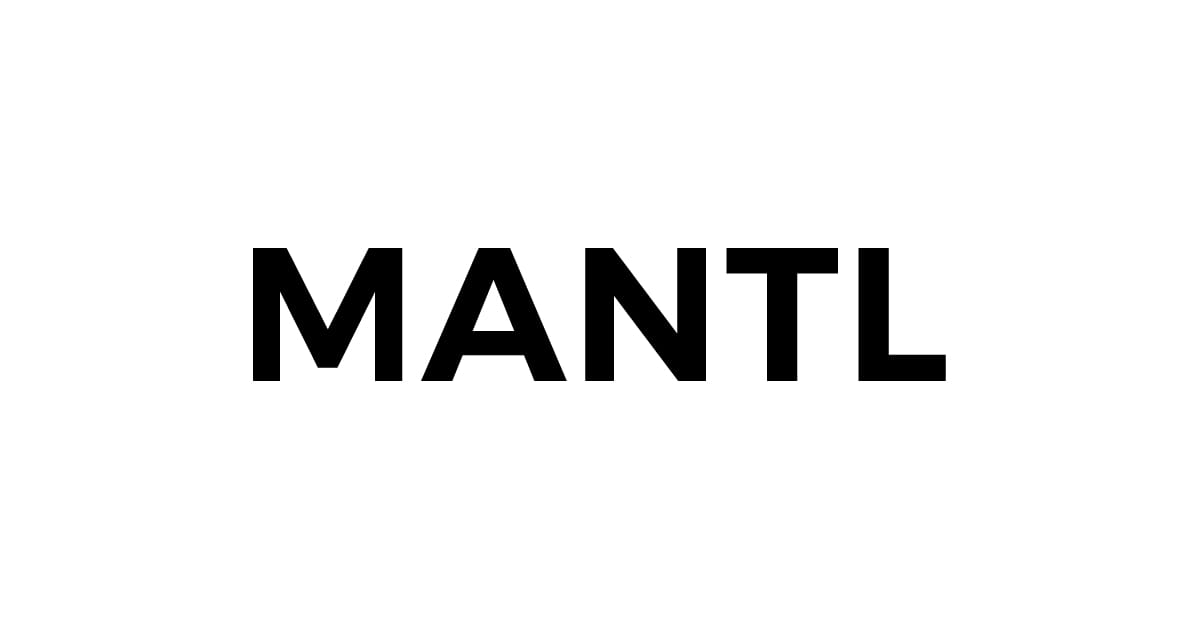
MANTL is a game-changer for the cost structures of banks and credit unions, making growth up to 10 times more cost-effective than setting up a new physical branch. With MANTL's white-labeled account opening platform, anyone can open deposit accounts from any device in just about 2 minutes and 37 seconds. It's all about empowering quick, efficient banking everywhere!
Relevant
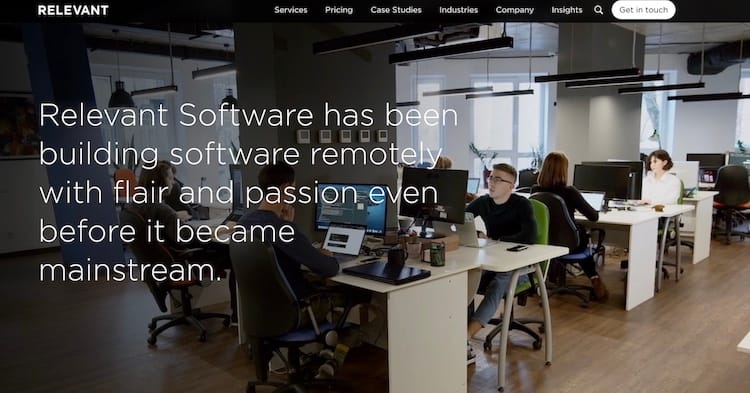
Relevant has been in the game for ten years, crafting top-notch banking and financial software for big enterprise-level companies and cutting-edge startups. Their expertise drives cost efficiency and sustainable growth. With our fintech software development services, you can zero in on strategizing for your business while we take care of everything from A to Z in fintech software development. Let us handle the tech, so you can focus on leading your business to new heights!
Innosoft Group

Innosoft Group, a standout in Fintech Software Development, has really made its mark, earning a spot among the top players. This accolade is a nod to their groundbreaking work in transforming the financial technology scene. Known for their relentless innovation, Innosoft Group shines in crafting bespoke fintech software solutions that are reshaping the industry. Their portfolio is impressive, featuring advanced banking software, smooth payment processing solutions, and sophisticated wealth management platforms.
Guidewire
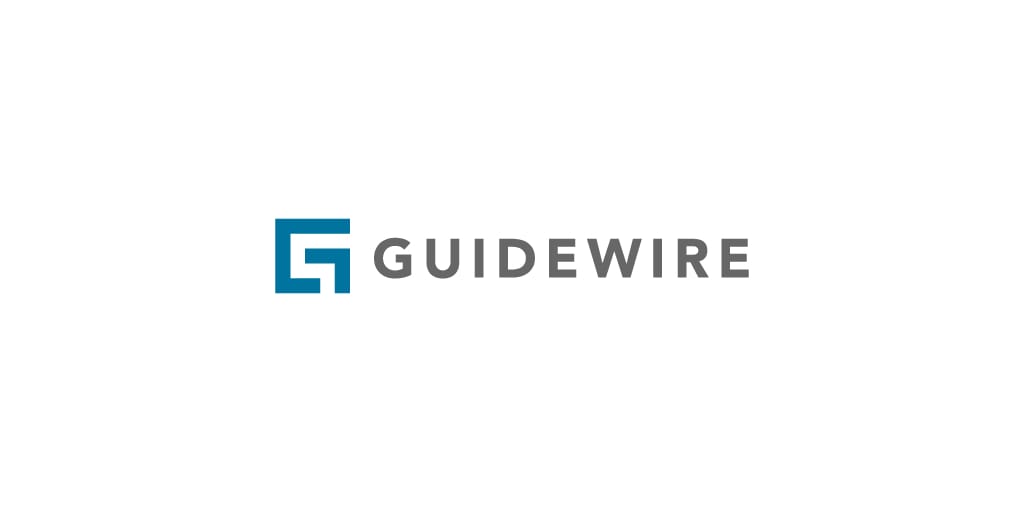
Guidewire blends digital, core, analytics, and AI to offer our platform as a cloud service. Boasting the largest R&D team, services team, and partner ecosystem in the industry, they constantly innovate and adapt to meet your demands.
Zeta
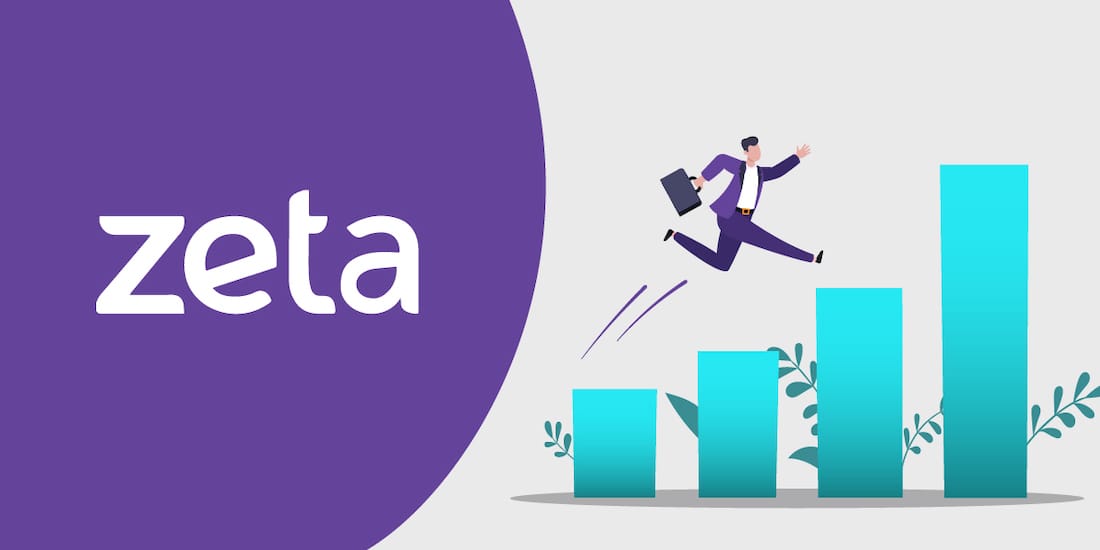
Zeta specializes in cloud-based banking and payment solutions tailored for businesses and banks. It provides versatile options that help manage employee payments, collect payments from customers, and handle payments to vendors.
Innowise
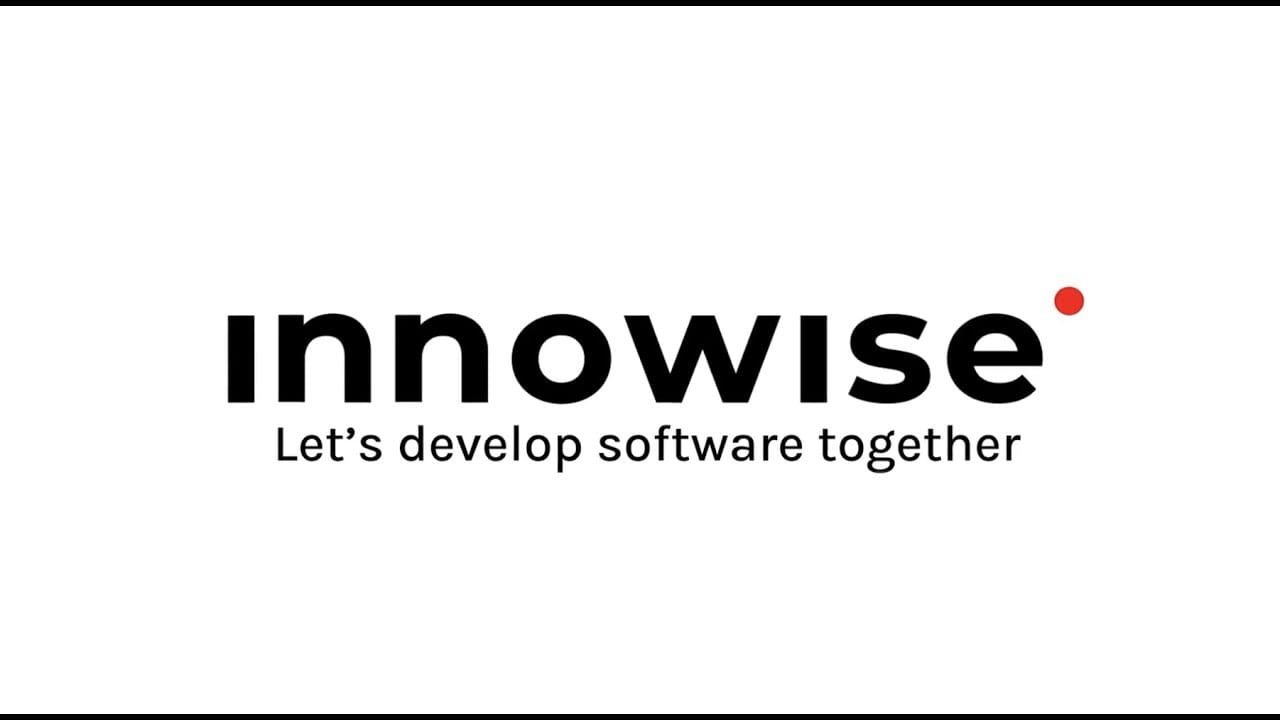
As a premier Financial Software Development Company, Innowise excels in creating exceptional fintech software, including banking software, web applications, and mobile apps. Their dedication to quality means every solution is customized to fit the specific needs of their clients in the finance sector. Whether you represent a bank, a financial institution, or a fintech startup, Innowise has the know-how and experience to deliver advanced software that improves your operations and promotes growth.
Matellio

Matellio is a provider of custom fintech solutions, specializing in the development of accounting software, billing and payment software, banking CRM, and financial planning software for their clients. They offer affordable fintech software development services to enhance your business with the latest software solutions.
IBR Infotech
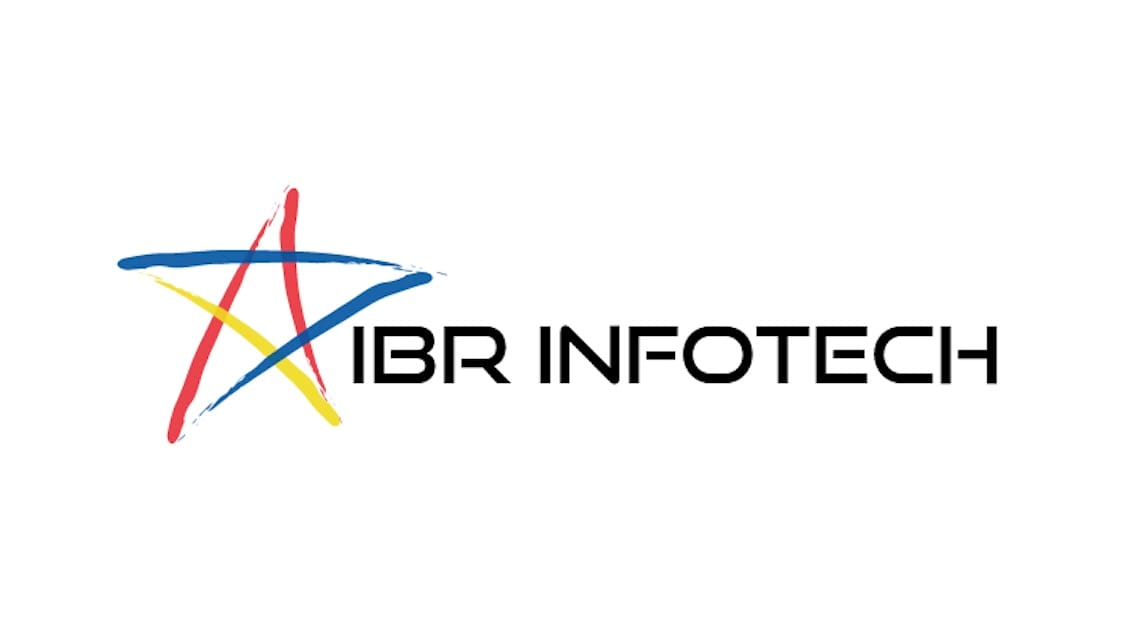
IBR Infotech stands at the forefront of financial software development, driven by a firm commitment to excellence, innovation, and client satisfaction. As a reliable partner for businesses looking for advanced solutions in the financial sector, they work closely with each client to fully understand their specific needs, challenges, and objectives. By aligning their solutions with the client's vision, and integrating the latest technologies and best industry practices, they ensure that your business stays ahead of the curve.
Steps you need to take to build your fintech
So now we’ve been through the benefits of fintech and the best software in the industry, let’s talk practical, proactive steps. What do you need to do step-by-step to build your fintech?
Gather your dedicated SaaS fintech team
Once you start building your SaaS fintech application, you have two options: You can either put together a team or you can outsource the development to a SaaS development company. If you’re building your SaaS company from scratch, here are some of the roles that are absolutely essential for getting your fintech up and running:
- UI/UX designers,
- backend developers
- frontend developers
- project managers
- and DevOps developers
UI/UX design for the best SaaS fintech experience
We’ve already covered this a little, but it’s worth reiterating that in order to get customers through the door, you’ve got to have an eye-catching UX design. Think of it like showing up to a job interview in your best suit, it’s all about making that first impression. But don’t overdo it with too much flash. Keep it simple, smart and coherent.
Develop an MVP for your SaaS fintech
This is essentially testing the waters with your product and ensuring that you're on the right track. Determine whether your product is going to resonate with your target audience, and make adjustments accordingly. Believe it or not, the primary reason why startups fail is that they simply aren’t able to develop a solution that resonates.
Launch and iterate, so your SaaS fintech becomes an industry giant
After launch your work is nowhere near done. You’ll need to keep your ear to the ground and see how it’s going over with the industry. Optimizations and bug fixes are par the course in SaaS product development, and you need to ensure that you’re open to the feedback from users. Creating that continuous feedback loop with your users is an essential step in building a relationship with your customers.
Wrapping up
The transformative impact of SaaS on the fintech landscape cannot be overstated. It has redefined the ease and accessibility of financial services, making complex tasks like payment processing simpler and more user-friendly for businesses and consumers alike.
With the industry projected to grow exponentially, now is an opportune time to harness the power of SaaS to innovate and lead in the fintech revolution.
Like what you see? Why not check out exclusive insights from some of the leading minds in SaaS with a SaaS Alliance membership?




